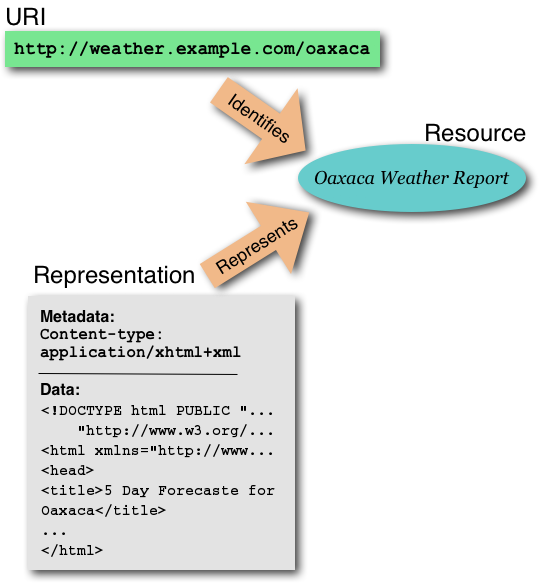But ...
Both can utilize W3C web technologies
The World Wide Web (WWW, or simply Web) is an information space in which the items of interest, referred to as resources, are identified by global identifiers called Uniform Resource Identifiers (URI).

New opportunities to give end users the means to select the modes of interaction best suited to their current needs, whilst also enabling the application developer to provide an effective end-user experience for whichever choices users make.
Giving users a choice of modes:
For speech and for small displays, the user interface has to be broken down into a sequence of small steps.
<emma:emma version="1.0" xmlns:emma="http://www.w3.org/2003/04/emma">
<emma:interpretation id="int1" emma:confidence="0.75">
<destination>New York</destination>
<date>28062005</date>
</emma:interpretation>
</emma:emma>
We need to focus on enabling distributed DOM's